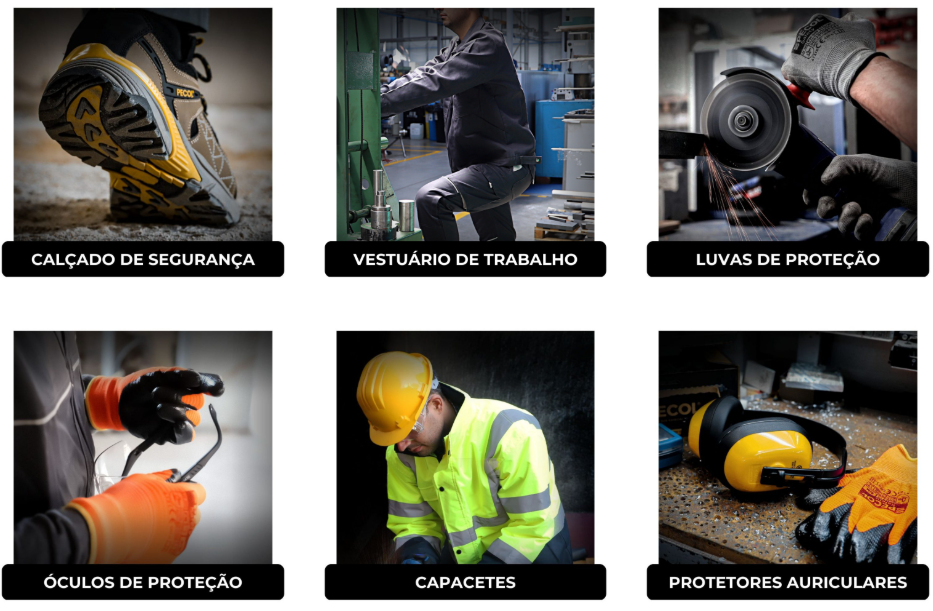
- 09/10/2025
- Tips
Workplace safety: 4 tips for choosing your PPE
From safety footwear to protective gloves, follow these steps.
Occupational health and safety is a priority for professionals and employers. Using the right Personal Protective Equipment (PPE) can minimize and prevent accidents.
1. Risk assessment
Identify the occupational risks inherent in your work environment. For example, these may include exposure to harmful chemicals, risk of physical impact, electric shock, or biological hazards.
2. What level of protection is required?
After analyzing the surrounding hazards, you should analyze the level of protection required to ensure your safety while performing your work routine.
Each type of Personal Protective Equipment, whether partial or full, has its own safety classifications according to the CE marking, varying according to the different levels of protection.
- Category I: Simple equipment with a low level of protection. For example, gardening gloves, clothing, and footwear for non-extreme conditions.
- Category II: Solutions that offer a medium level of protection. This includes equipment such as helmets, high-visibility clothing, and safety footwear.
- Category III: Products with greater protection complexity, such as respiratory protection equipment, fall arrest equipment, and protective clothing against chemicals.
Ensure that your PPE complies with all relevant regulations and standards required for the desired application.
3. Select the perfect size and shape for you
PPE must fit and be adjusted correctly to your body to ensure that it provides adequate protection.
4. Comfort and usability also matter
It is common to have to wear protective equipment for several hours, which can become uncomfortable throughout the day. Therefore, PPE that provides comfort is easier to use.
When choosing your next protective equipment, prioritize features such as weight, breathability, and ease of movement.
You should know how to use and maintain your PPE
In the case of non-disposable equipment, follow these habits to ensure that the PPE continues to provide adequate protection:
- Follow the supplier’s instructions on how to care for the product;
- Clean regularly, removing debris, dust, and/or possible contaminants;
- Check its condition before and after use (identify cracks, tears, or other types of damage that could compromise the integrity of the PPE);
- Store it in an appropriate place (clean, dry, away from direct sunlight and exposure to extreme temperatures).
Replace it with new equipment when it is damaged or too worn to ensure your protection.





